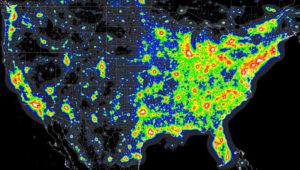Dark Skies
Idaho is blessed with spectacular night-sky views in our rural areas. A collective commitment by communities, private land owners, and public land managers worked to get America’s first dark sky reserve designated in Central Idaho to make sure that future generations will be able to enjoy our incredible night skies, and to preserve the benefits of a dark night sky to both humans and wildlife. Learn more about the recently designated Central Idaho Dark Sky Reserve and the work behind it.



